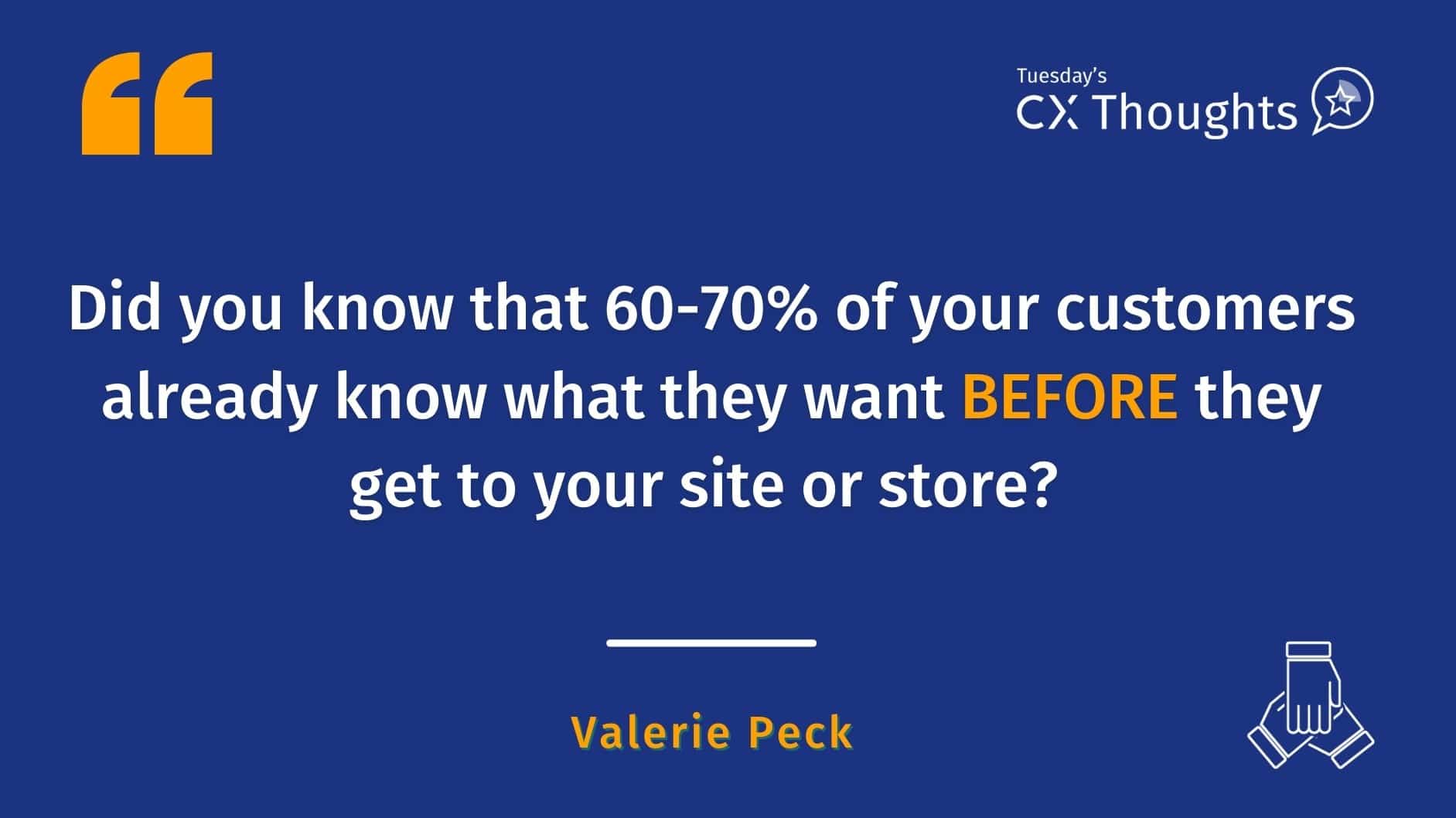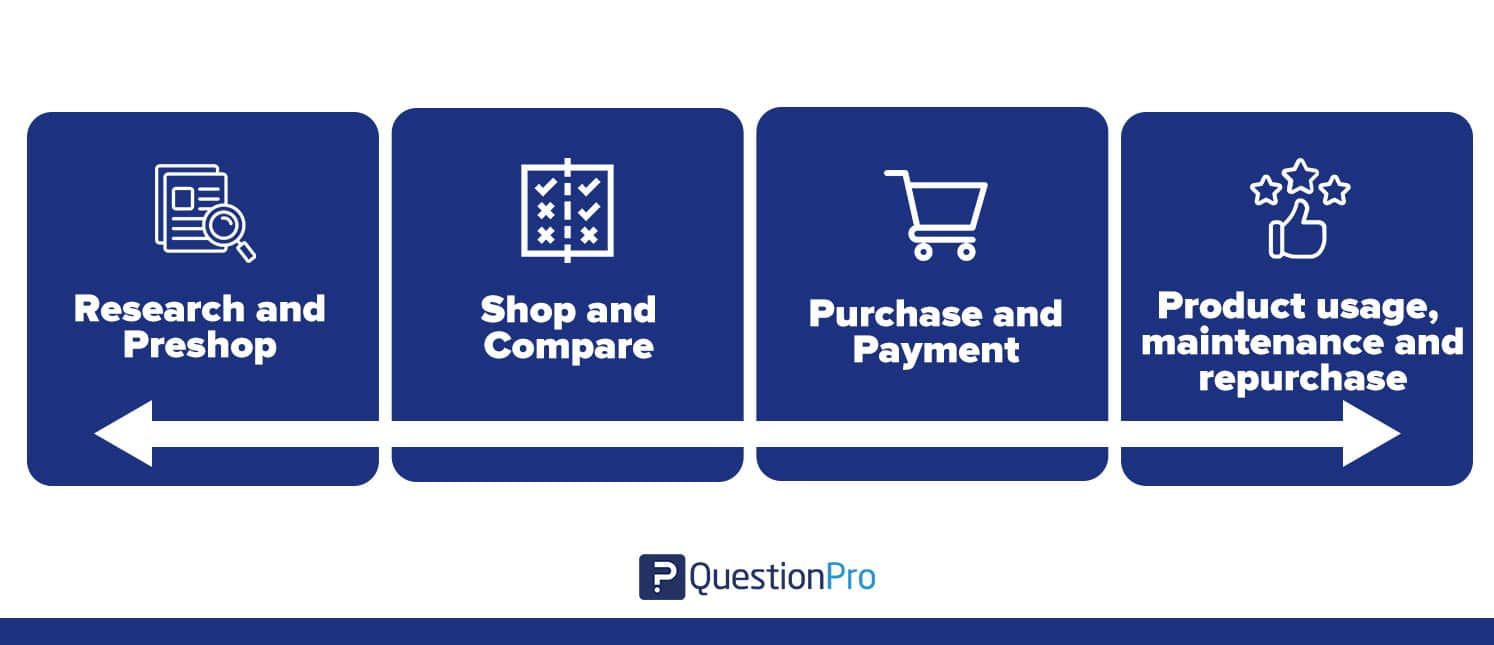
Customer Experience Mapping supports customer engagement. Today’s customers expect companies to reach ever higher bars through innovative companies (names here). They are expected to be proactive vs. responsive and to anticipate customers’ desires/needs. To effectively (and profitably) engage with the new Omni-channel customer, we need to ‘see’ and act on the behaviors and insights provided by the customer at every channel.
As marketers, we all plan to provide a seamless customer experience, but executing against this is harder than it looks. So how do you address this capricious consumer who flits online and offline and who, in fact, does not think about the fact that they are ‘shopping’ differently? By creating a great customer experience through:
- Customer Experience Mapping to ‘see’ your customers – both their rational and emotional mindsets.
- CRM/technology infrastructure to communicate, manage and track customer engagement across channels.
- Organizational alignment and employee engagement to empower employees to bring the brand to life.
- Continuous innovation to support the whole branded experience.
- Metrics and Dashboards to prove ROI and share successes.
Our focus today is on the first step, Customer Experience Mapping. This step is focused on understanding what your customer is thinking, feeling, and doing as they interact and share while you deliver your brand promise.
Customer Experience Mapping: Where can you begin?
Customer Experience Mapping is a 4-step process:

The Experience often begins with looking at their path to purchase or journey, starting with the “research” or pre-shop phase, where customers are learning about your products/services through research, word of mouth, social media, etc.
Did you know that 60-70% of your customers already know what they want BEFORE they get to your site or store?
This requires that you create and understand the psychology/personae of your customer segments. Each segment has different behaviors, emotions, and objectives, so we begin the process by mapping each group.
The second step is the shop and compare phase, where the customer is actively comparing products, product features, and prices before making a decision.
The third step is the purchase, where the customer buys your product or service. In the final step, the customer experiences your product or service and needs help with some type of questions or service for the product. Both good and bad experiences are now widely shared via social media.
The actual experience mapping process starts with doing an ‘inventory’ of touches to determine who is actually touching the customers. It can be quite a surprise!
Generally, the process also includes gathering customer surveys and observational data documenting customers interacting with the brand online and in-store. In addition, it’s important to capture the interactions and input of customer-facing employees to get their point of view. This, along with an analysis of the company operations, processes, and policies, provides us with a 360º customer view of the environment.
Once this is completed, a detailed map visually presents the emotional and rational elements in the customer’s lifecycle. It should highlight what delights them or is causing pain points, as well as pivotal decision-making moments of ‘truth’
LEARN ABOUT: Customer Lifecycle
Customer Experience Mapping Examples:
In these examples of customer experience mapping, we can easily see how it can help businesses identify pain points, optimize interactions, and ultimately increase customer satisfaction.
Customer experience ‘storyline’ detail
This, along with the supporting facts and images, is used by the organization to ‘see’ at a detailed level what needs to be changed and how it affects the customer experience. It becomes the benchmark for moving to an improved process.
Many organizations convert the maps into short videos where they can continue to visualize the current customer experience and what the experience looks like once gaps are filled and improvements are made.
The new experience is not just about fixing the broken links in the Customer Experience. It’s about fully understanding the customer’s emotions, behaviors, and motivations to design a new experience that creates a shorter, more profitable path to purchase and ongoing engagement.
LEARN ABOUT: Consumer Decision Journey
Next Steps – How does the mapping process drive improvement?
The map aids you in prioritizing your actions and driving initiatives to:
- Improve the customer experience across the organization –everywhere you touch the customer.
- Get the organization aligned across all media and departments to deliver a better experience. This is your most crucial objective!
- Focus: A great customer experience must be the goal of all your interactions– not just at the point of purchase or the point of repurchase.
- Put yourself in your customer’s shoes: Customer experience needs to be driven by customer segments/personae and individual preferences, which include interests, media mix, frequency of contact, cadence, timing, etc.
- Test and Learn: It supports a continuous learning process that changes over time. It requires a test and learns culture with analytics and metrics.
When companies show their customers they understand and value them through consistent, personalized interactions, they perform better financially.
LEARN ABOUT: Perfect Customer-First Strategy
How can SuiteCX by QuestionPro help you improve your customer experience?
Our customer journey mapping software can help you improve your customer experience in many ways. You can create and visualize your customer journey, identify pain points, and develop solutions that optimize interactions to increase satisfaction.
LEARN ABOUT: Customer Journey Mapping Tools
QuestionPro CX tracks customer interactions across multiple customer touchpoints, including our website, social media, and customer service channels.







